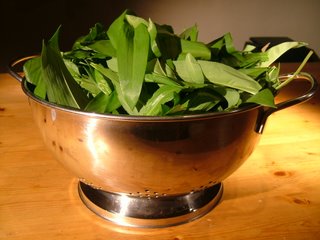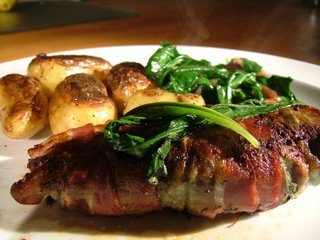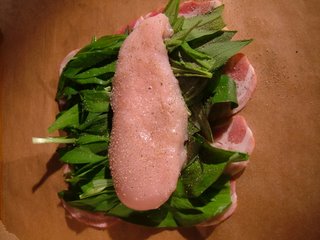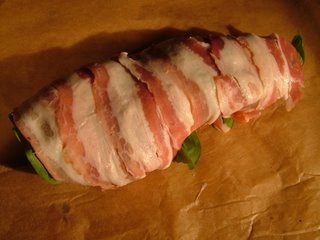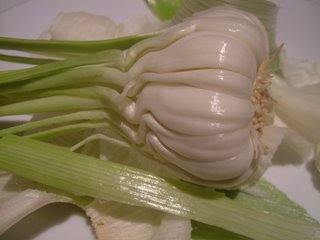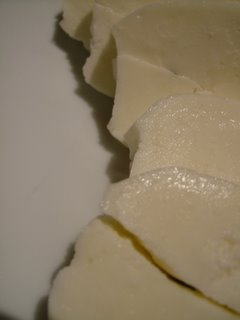This eggplant caviar recipe is a great way to squeeze every ounce of flavour out of an aubergine. It’s extremely easy to make if you have a food processor (and only a little more difficult if you don’t; I used to make it when I was a student using a large knife to chop everything very finely instead). Although the amount of garlic in this recipe looks a bit alarming, the garlic in the finished dip is roasted, so it’s very mellow and sweet. You won’t find it overpowering.
Traditionally called ‘caviar’ or ‘poor man’s caviar’, this is not at all fishy, nor very similar to caviar. I think it got the name from the days when aubergines were much seedier; those seeds have a lovely texture a little (if you are imagining hard) like fish roe. Today, aubergines are usually propagated without the seeds, which many people do not enjoy.
This is a particularly good accompaniment for lamb, and it’s really, really good with yesterday’s kofta kebab. The roast aubergine has a wonderful natural sweetness, brought out by the raw parsley, which seems made to be paired with hot lamb. Try it some time.
To serve four as a mezze you’ll need:
2 large purple aubergines (eggplants)
10 fat cloves garlic
1 large bunch parsley
2 tablespoons extra-virgin olive oil
Salt and freshly ground pepper
Cut both aubergines in half lengthways. Don’t bother salting and disgorging it – the same growing techniques which have made modern aubergines near-seedless have also made sure they aren’t bitter. Peel the garlic, lay the whole cloves on the cut side of the aubergines, and wrap each aubergine half with its garlic tightly in tin foil. Bake on a sheet at 180° C for 45 minutes, until the garlic and aubergines are very soft.
Peel the skin from the aubergines and discard it. Use a food processor or very sharp knife to finely mince the garlic, aubergine flesh and parsley. Stir in the olive oil. Add salt and pepper to taste and serve at room temperature.
Aubergine caviar will keep in the fridge for a few days. Try it on its own on toast for a quick lunch.

